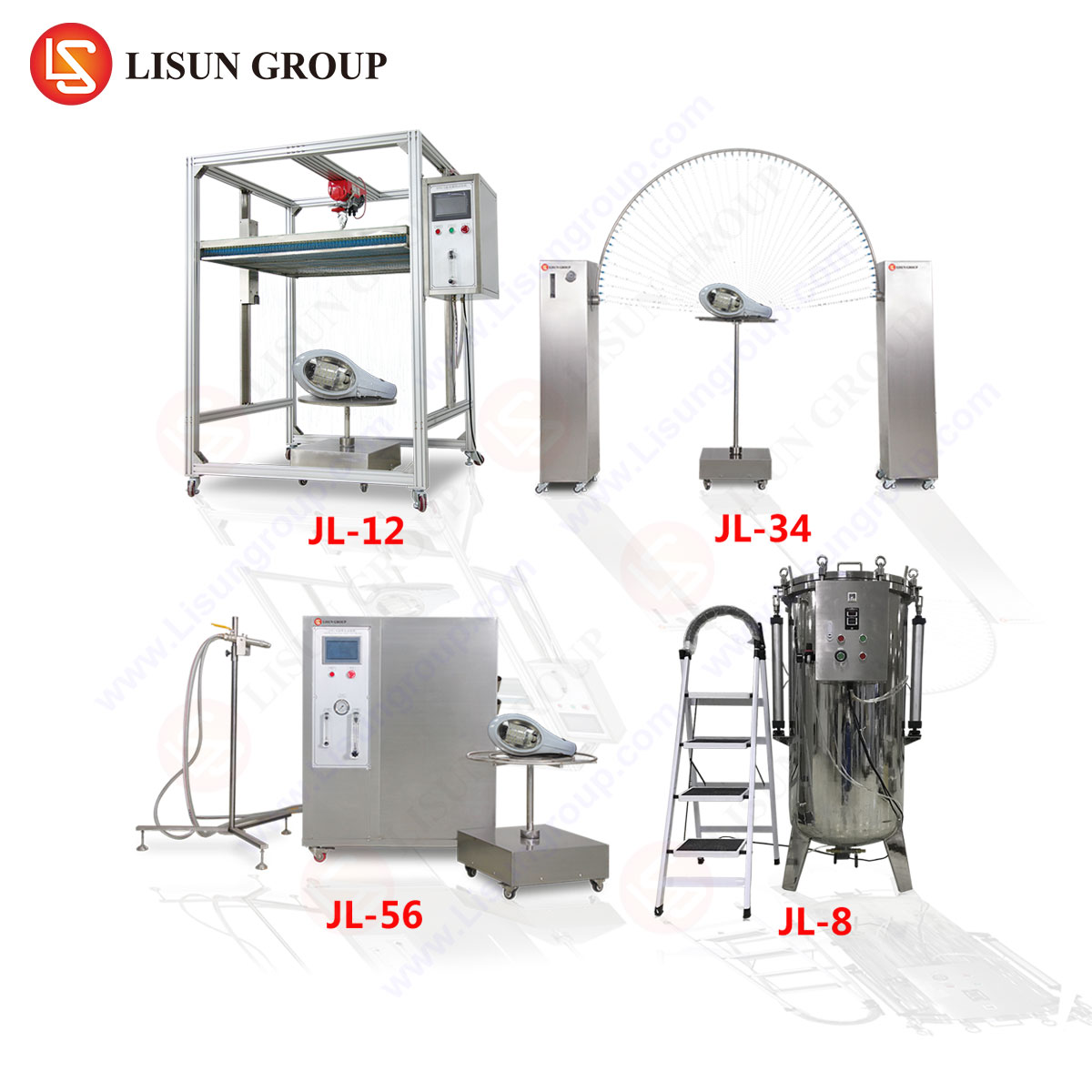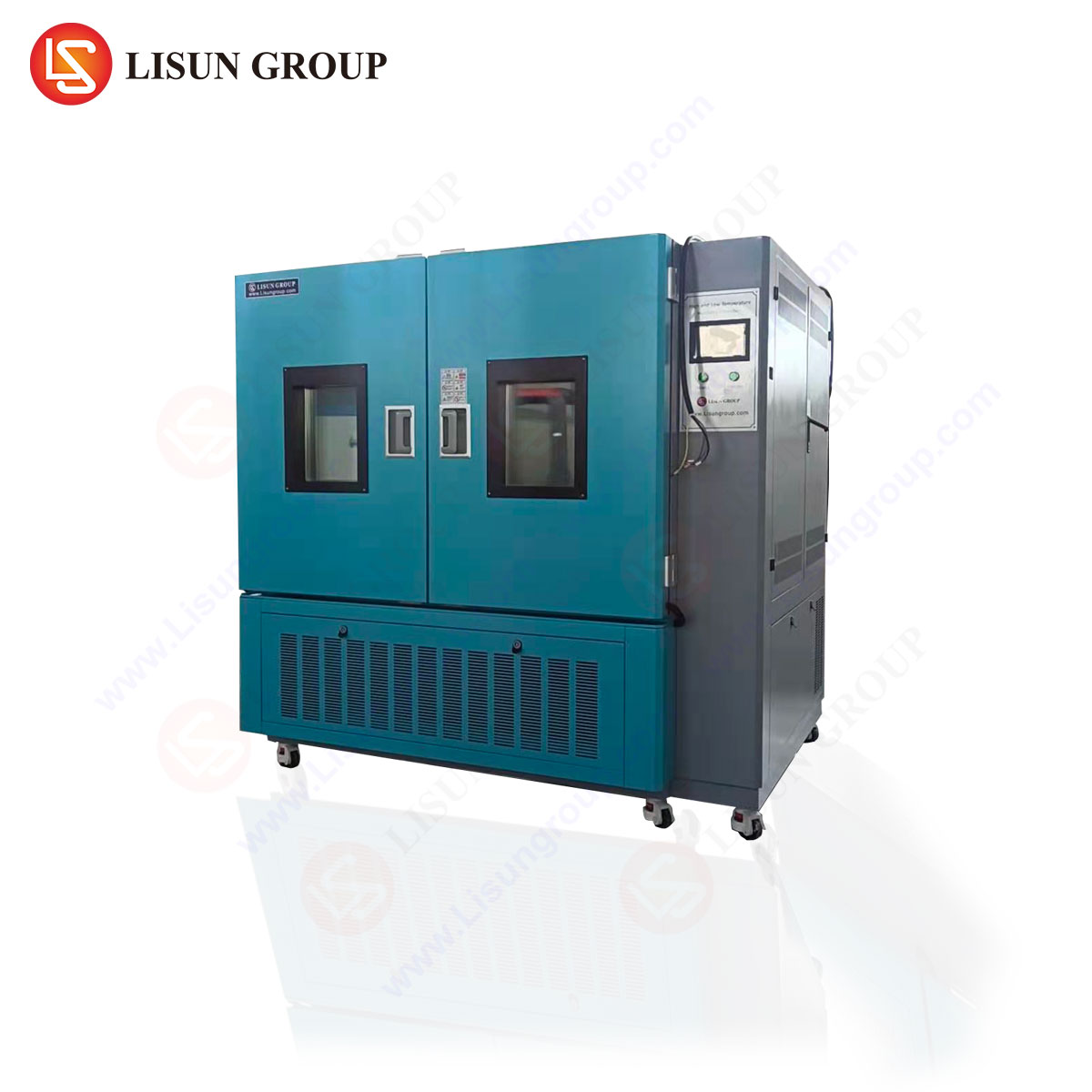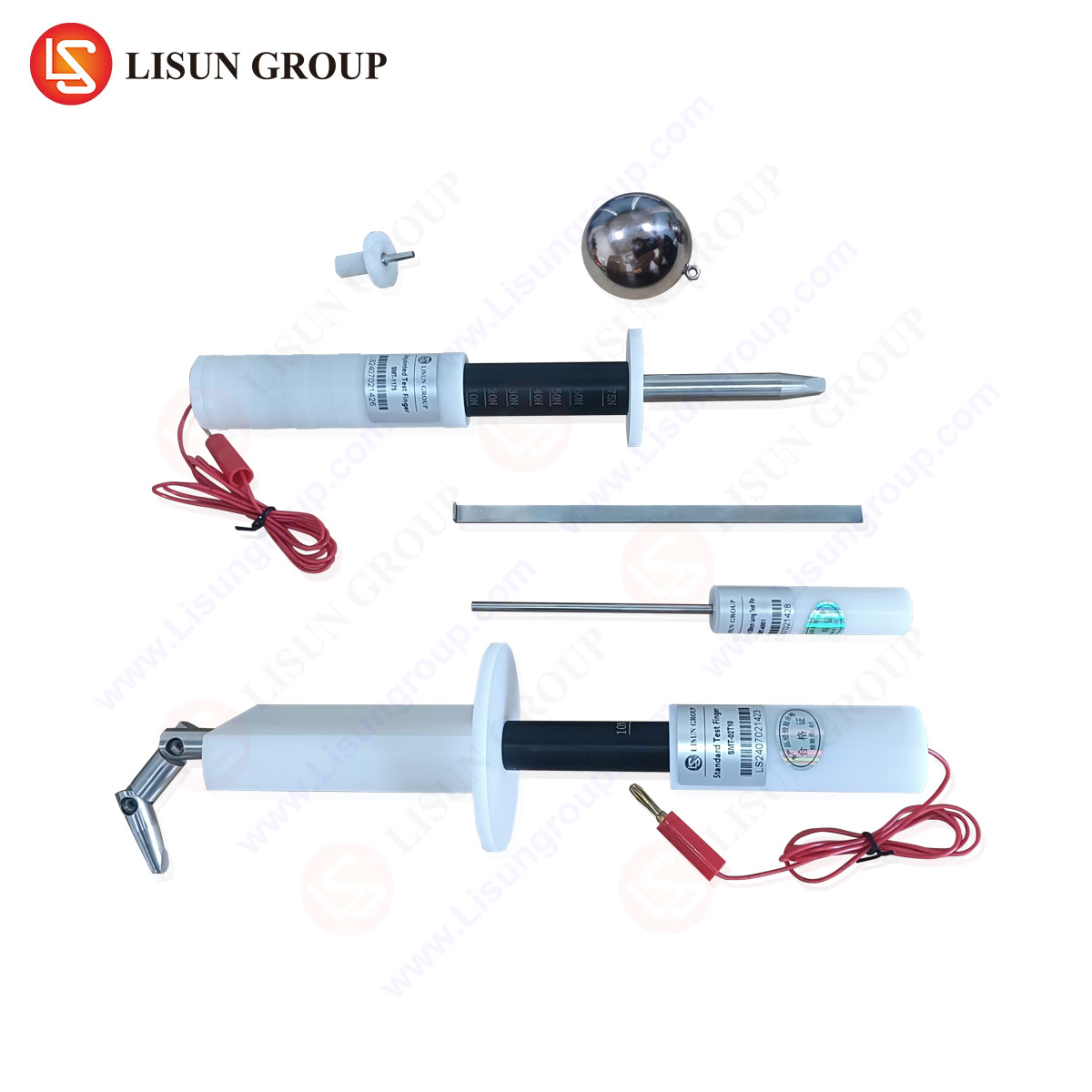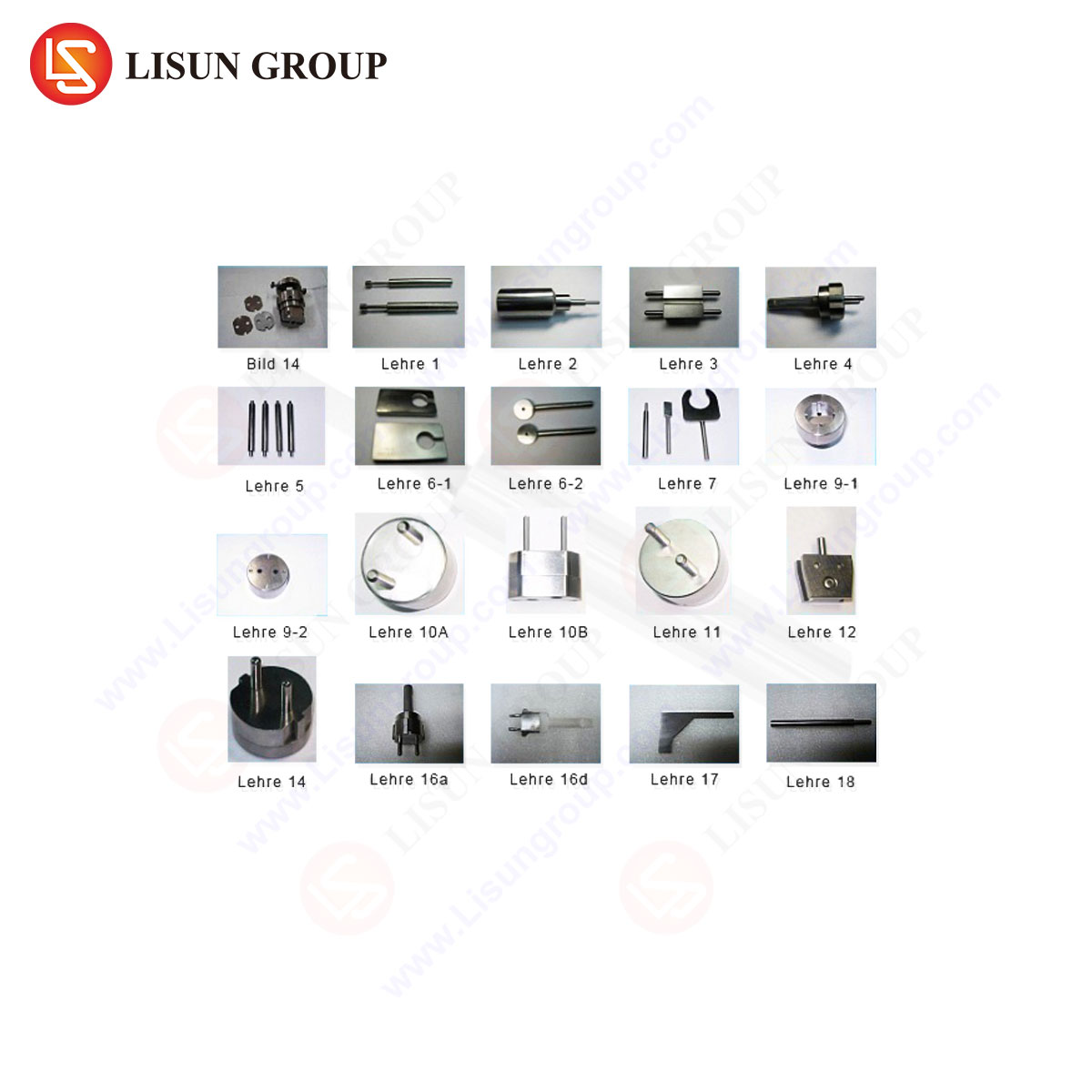An Analytical Examination of Ingress Protection (IP) Rating: A Focus on IP65 Compliance
The proliferation of electronic and electromechanical systems across diverse and often hostile environments necessitates rigorous validation of their resilience against external contaminants. The Ingress Protection (IP) rating system, codified by the International Electrotechnical Commission standard IEC 60529, provides a globally recognized framework for classifying the degree of protection offered by an enclosure. This article provides a comprehensive technical analysis of the IP65 rating, detailing its testing protocols, underlying physical principles, and critical application across numerous industries. A specific emphasis is placed on the instrumental role of advanced testing equipment, exemplified by the LISUN JL-XC Series of waterproof test chambers, in achieving and verifying this standard.
Deconstructing the IP Code: Numerical Significance and Scope
The IP code is a two-digit nomenclature where each digit conveys specific and independent information regarding the enclosure’s defensive capabilities. The first numeral, ranging from 0 to 6, denotes the level of protection against the ingress of solid foreign objects, including dust and accidental contact. The second numeral, ranging from 0 to 9K, defines the level of protection against the harmful ingress of water.
An IP65 rating is therefore explicitly defined as:
- First Digit (6): Dust-tight. No ingress of dust; complete protection against contact. This is the highest possible rating for solid particle protection.
- Second Digit (5): Protection against water jets. Water projected by a nozzle (6.3mm) against the enclosure from any direction shall have no harmful effects.
It is critical to note that the rating is assigned to a specific enclosure under precisely defined test conditions. It does not imply indefinite or absolute immunity but rather a validated performance threshold against the specified test stimuli. The tests are typically conducted on non-operating equipment unless otherwise specified by the product standard.
The Mechanical and Fluid Dynamics of IP65 Water Jet Testing
The IP65 test simulates exposure to heavy rain or water jets, such as those from a pressure washer or waves impacting marine equipment. The test’s efficacy hinges on the precise calibration of several interlinked physical parameters.
The standard mandates the use of a test nozzle with an internal diameter of 6.3 mm. The water jet is projected from all practicable directions against the enclosure. The key test conditions, as per IEC 60529, are:
- Water Pressure: The water pressure at the nozzle must be maintained at approximately 30 kPa (corresponding to a flow rate of 12.5 ±0.625 litres per minute).
- Duration: The test duration is a minimum of 1 minute per square meter of the enclosure surface area, with a minimum total time of 3 minutes.
- Distance: The nozzle is held between 2.5 and 3 meters from the enclosure surface.
The destructive potential of the jet is a function of its impact energy, which is influenced by pressure, flow rate, and standoff distance. The 6.3mm nozzle diameter creates a coherent stream capable of exploiting microscopic gaps, seals, and gasket interfaces. The test is designed to challenge the integrity of these seals by applying a dynamic hydraulic pressure that can force water past imperfect mating surfaces, a failure mode static immersion tests may not uncover. The verification of “no harmful ingress” is determined by a subsequent inspection for any traces of water inside the enclosure, often aided by indicators or a functional test post-exposure.
Instrumentation for Validated Compliance: The LISUN JL-XC Series
Achieving reproducible, standards-compliant IP65 testing requires sophisticated instrumentation that guarantees precise control over all test variables. Manual testing introduces significant human error in maintaining pressure, distance, and spray trajectory. The LISUN JL-XC Series waterproof test chambers are engineered to automate and standardize this process, ensuring reliable and auditable results.
The JL-XC Series operates on the principle of programmable, robotic articulation of the test nozzle around a stationary test specimen, or vice-versa, ensuring comprehensive coverage from every angle as required by the standard. Its core specifications and operational principles include:
- Precision Nozzle System: The chamber is equipped with calibrated nozzles conforming to the exact dimensional requirements of IEC 60529 for IPX5 (6.3mm) and other ratings (IPX3, IPX4, IPX6).
- Closed-Loop Pressure and Flow Control: An integrated system of pumps, regulators, and flow meters maintains the water pressure and flow rate within the stringent tolerances mandated by the standard, eliminating a primary source of test invalidation.
- Programmable Motion System: A servo-driven arm manipulates the nozzle through a pre-programmed path, ensuring the correct distance and a systematic spray pattern that covers the entire enclosure surface. This eliminates the inconsistency of manual operation.
- Integrated Water Management: The system features a reservoir, filtration, and temperature control unit to maintain water quality and, if required by other test standards (e.g., IPX7/IPX8), control water temperature.
The competitive advantage of the JL-XC Series lies in its integration, accuracy, and data logging capabilities. It provides manufacturers with empirical evidence of compliance, critical for certification by bodies like UL, TÜV, and Intertek. Its versatility allows for testing a wide range of IP ratings (IPX3 to IPX6) within a single platform, making it a cost-effective solution for laboratories serving multiple product lines.
Industrial Applications and Imperative for IP65 Certification
The IP65 standard is a critical design requirement in industries where equipment must operate reliably in the presence of airborne dust and direct water exposure.
Lighting Fixtures: Outdoor LED luminaires, street lights, and industrial high-bay lighting are perpetually exposed to weather. IP65 certification ensures their operational safety and longevity, preventing internal corrosion and electrical short circuits caused by dust and water ingress.
Automotive Electronics: Components such as exterior sensors (LiDAR, radar, cameras), charging ports, and under-hood control units must withstand high-pressure spray during vehicle washing and driving in heavy rain. IP65 is a baseline requirement for these external modules.
Industrial Control Systems: Programmable Logic Controllers (PLCs), motor drives, and human-machine interfaces (HMIs) deployed on factory floors are subject to contamination from dust generated by machining and are often cleaned with high-pressure hoses. An IP65 rating allows for their installation in these harsh environments without the need for costly additional protective cabinets.
Telecommunications Equipment: Outdoor 5G radios, fiber optic terminal boxes, and base station infrastructure require robust protection against the elements to maintain network integrity. IP65 is a common prerequisite for housing these critical network nodes.
Electrical Components and Cabinets: External electrical sockets, switches, and distribution boards benefit from an IP65 rating, ensuring safety for users in damp or outdoor environments like gardens, marinas, and construction sites.
Methodological Framework for Conducting an IP65 Test
The testing regimen for IP65 is sequential, beginning with the dust test (IP6X) followed by the water jet test (IPX5).
IP6X Dust Test: The enclosure is placed inside a test dust chamber where fine talcum powder is circulated for a period of 8 hours. A vacuum pump is used to create a negative pressure differential inside the enclosure, encouraging dust ingress. Post-test, the enclosure is inspected for any dust penetration. The acceptance criterion is that no dust shall have entered in a quantity that would interfere with satisfactory operation or impair safety.
IPX5 Water Jet Test: As detailed previously, the enclosure is subjected to water jets from the 6.3mm nozzle. Following the test, the enclosure is opened and inspected internally for any signs of water. The test is deemed a failure if any water has penetrated to the point of contacting live parts, internal circuitry, or if it has accumulated in quantities that could cause a malfunction.
The use of a chamber like the LISUN JL-XC Series automates the IPX5 portion of this sequence, ensuring the repeatability and traceability required for quality assurance and certification audits.
Frequently Asked Questions
Q1: Can a product rated IP65 also be considered suitable for temporary immersion (e.g., IP67)?
No. IP65 and IP67 tests are fundamentally different. IP65 tests against powerful jets of water, while IP67 tests against the effects of temporary immersion under defined pressure and time conditions (e.g., 1 meter for 30 minutes). An enclosure designed to resist high-pressure jets may not be sealed well enough to prevent water ingress under static immersion pressure, and vice-versa. A product must be tested and rated for each specific condition.
Q2: How does the LISUN JL-XC Series ensure testing consistency across different operators and labs?
The JL-XC Series eliminates manual variability through automation. It uses digitally controlled servo motors for nozzle movement, precision pressure transducers and flow meters to maintain exact test conditions, and programmable logic to execute identical test cycles every time. This creates a standardized process where the results are a function of the product’s design rather than the operator’s technique.
Q3: Is an IP65 rating sufficient for equipment used on ships or offshore platforms?
Maritime environments often require a higher degree of corrosion protection and resistance to saltwater spray, which is not covered by a standard IP65 test. While IP65 provides excellent protection against fresh water jets, equipment for marine applications typically must meet additional standards such as IEC 60533 (electromagnetic compatibility) and specific corrosion tests defined by standards like ISO 9227 (salt spray testing).
Q4: What is the typical lead time for performing a full IP65 certification test?
The testing time itself is defined by the standard: the dust test takes a minimum of 8 hours, and the water jet test duration is based on the surface area of the product. However, the total lead time for certification involves sample preparation, pre-test inspection, the actual testing, detailed post-test inspection, and the compilation of a technical report. This process can typically range from several days to a few weeks, depending on the complexity of the product and the workload of the testing laboratory.







